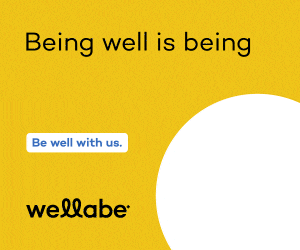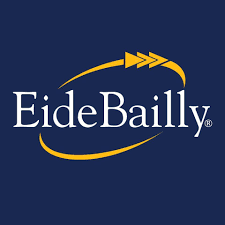McLellan: Experts don’t hide their expertise

Over the last several weeks, we’ve been talking about the rising effectiveness of marketing and selling from a position of being an expert or authority and some of the elements you’ll need to embrace if you’re going to truly establish yourself in that light.
Earlier in the series, we established that the first two elements you need to conquer are having a narrow subject matter focus and having a unique point of view about the work you do. This week, I want to elaborate on the third requirement: sharing your expertise generously.
When someone is genuinely an expert, they’re very comfortable sharing what they know. They don’t feel threatened by others who also have some knowledge, or those who ask tough questions. If anything, they are enthusiastic about educating and helping other people “get” what they know. They come from a place of plenty.
They’re secure in their role and genuinely believe part of their job is to be helpful and teach others what they themselves already know.
When it comes to teaching what they know, they’re also not locked into one channel. Their knowledge is not fleeting, nor is their topic short-lived, so they want to create platforms that allow their audience to access the information today and down the road. They are prolific. They don’t record just one podcast episode or write one article. Each piece of content connects to the whole body of work, and naturally, the entire body of work lives on company-owned and -controlled channels.
Taking this position as a generous expert does not mean you need to be creating content 24/7. Savvy authorities follow what I’ve termed “cornerstone and cobblestone” strategy to rapidly build out layers of content without spending all of their time at the keyboard or behind a mic.
The term “cornerstone content” means you are creating something that is big and meaty, so it can be sliced and diced into smaller pieces of content, or what I call cobblestones. The definition of cornerstone from the construction world is the first stone set. When you’re constructing a building, you carefully set that first stone because you know that all the other stones will be placed in reference to the cornerstone.
Cornerstone content might be a weekly blog series, an annual research study, a book, a weekly podcast, regular articles published in a trade pub, or something of that relative size and significance.
When you take that cornerstone content and break it up into infographics, quote cards, blog posts, tweets, guest appearances on someone else’s podcast, etc., that’s your cobblestone content. The combo of your niche expertise and your unique point of view should be woven into every piece of content you create. In some cases it will be overt, and in other instances subtle. But it should always be present to some degree.
Some experts or influencers try to be everywhere, but that stretches them pretty thin pretty quickly. All you need are a few channels that are spot-on for your audience, and then you need to consistently feed those channels with digestible nuggets built from your cornerstone efforts. Most businesses only need a single cornerstone and at least two or three consistent cobblestone channels. From there, you can use your social media channels to spotlight both.
We’ve talked a lot about how marketing and sales are shifting from selling to helping over the last few years. Stepping into this authority position allows you to take full advantage of this trend by positioning your marketing and sales efforts in alignment with how consumers are looking for information and guidance, and ultimately getting them comfortable making a buying decision.
In next week’s column, we’ll walk through some additional context and detail around cornerstone and cobblestones so you can build and scale your marketing plan accordingly.










